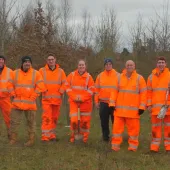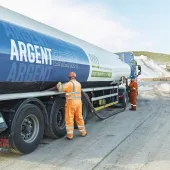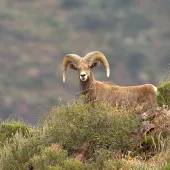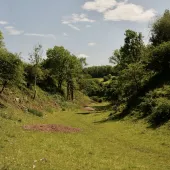LWS status for former surface coal mine
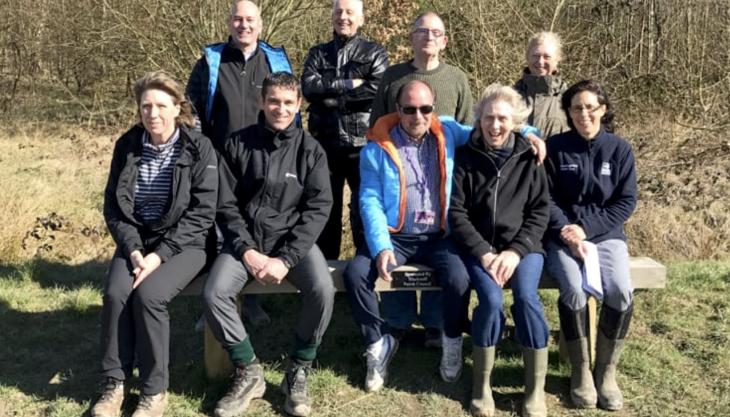
Banks Mining’s restored Doe Hill surface coal mine officially designated as a Local Wildlife Site
THE high-quality restoration of a former surface coal mine in Derbyshire has led to it being designated as an official Local Wildlife Site (LWS). Doe Hill Country Park was created by Banks Mining through the restoration of their Doe Hill mine, which is located between Stonebroom and Tibshelf on the southern edge of the county.
The majority of the 34ha park is a mosaic of broad-leaved woodland and species-rich grassland containing a network of footpaths and bridleways, with a further 8.6ha containing a large wetland area managed primarily for its conservation value.
An additional 10ha area of agricultural land was created by Banks Mining as part of the restoration project, which also involved Banks setting up a management fund for the park and a panel made up of people from the local community to advise on how it should be managed.
After being assessed by Derbyshire Wildlife Trust’s Local Wildlife Site panel, Doe Hill Country Park has now been formally added to the LWS register for the Derbyshire Dales.
Kieron Huston, regional manager (White Peak) at Derbyshire Wildlife Trust, said: ‘Our panel felt that the Doe Hill Country Park was an excellent example of restoration of a former surface coal mine for wildlife and makes a significant contribution to the recovery of nature within the local area.
‘While the park’s habitats are relatively young and still developing, a number of them already support plant and animal communities and species populations that are of nature conservation value.
‘Several of the ponds and areas of marshy grassland are quite diverse floristically and also support interesting invertebrate communities, whilst an ecological survey of one of the ponds showed that it would qualify as a Local Wildlife Site in its own right.
‘Local Wildlife Sites help to raise awareness of the best remaining areas of land for wildlife across Derbyshire and we are delighted to be able to add Doe Hill to our local list.’
Banks Mining have restored every one of the 111 surface mines they have operated across Scotland and northern England since 1976 and have also been involved with the restoration of a number of other sites in Scotland that were abandoned when their operators went out of business.
The family-owned firm also created the world-famous Northumberlandia landform near Cramlington, in Northumberland, which was formed using 1.5 million tonnes of carefully selected stone, clay and soil taken from its nearby Shotton surface mine site.
Lewis Stokes, community relations manager at The Banks Group, said: ‘We work tirelessly on ensuring that all of our sites are both operated and restored to the highest environmental and ecological standards. The restoration and landscaping of our surface mines is a key consideration from the very start of the planning process and our operations have enabled us to create a wide range of high-quality community facilities, including new wildlife habitats, footpath networks, cycle paths, wetlands and wildlife reserves, as well as parkland settings such as at Doe Hill.
‘The park is very well used by local people and is continuing to mature into an ever-more ecologically valuable site that will enhance the local environment for decades to come.’



